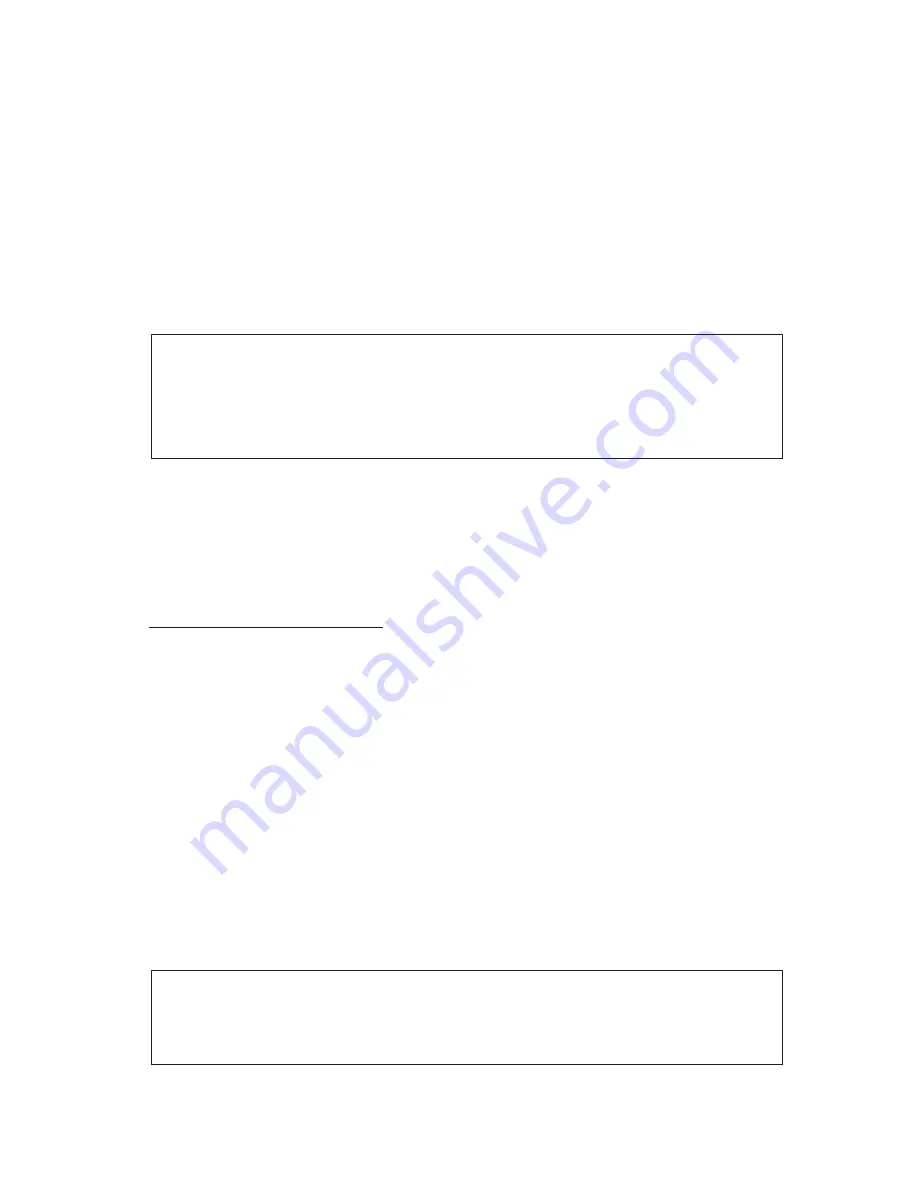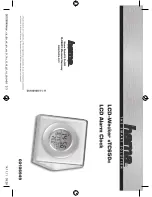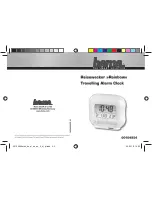
•
Do not install it on a lifting strake since this is the area where air
bubbles travel from the bow to the stern, to provide a smooth ride.
•
On displacement power boats (trawlers), mount the transducer
well aft and close to the centerline.
•
On I/Os, mount the transducer close to the engine(s).
•
On inboards, always mount the transducer well ahead of the
propeller(s), and shafts.
IMPORTANT
Never mount a transducer in direct line or within 4 feet behind another
through-hull fitting, the keel or rudder, zinc anodes, or other
projections that would cause turbulence around the transducer when
the boat is underway.
LOW PROFILE TRANSDUCERS
The low profile style of transducer is ideal for high speed sport boats and
sailboats. This style of transducer is designed to be mounted flush
against the hull without a fairing or leveling block. The hull deadrise
angle must not exceed 10° in order to use this transducer fitting.
Mounting the Transducer
1.
Drill a 1/8" pilot hole in the preferred transducer location.
2.
Drill a 1-3/4" or 2" hole through the hull using the pilot hole as a
guide.
3.
Have some type of soft backing plate or thin piece of plywood
(3-1/2" x 3-1/2" x 1/4" thick) available to strengthen the inside of the
hull around where the hole was drilled. This serves the dual
purpose of allowing the transducer to conform to the inside of the
hull while preventing the transducer lock nut from unwinding. If you
have a plastic housing, do not use wood shim. Use a fiberglass,
plastic, or brass washer instead.
4.
Route the transducer cable through the hole in the hull.
IMPORTANT
Do not pull on the cable as this may cause internal damage to the
transducer by causing an internal wiring short.
9
Summary of Contents for Clock
Page 1: ...Digital Depth Sounder OPERATING GUIDE...
Page 2: ......










































